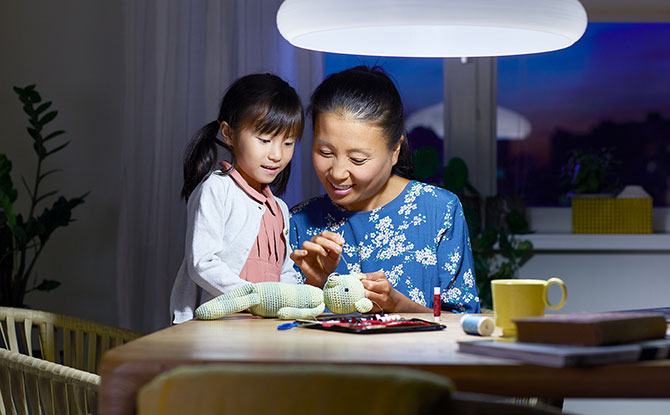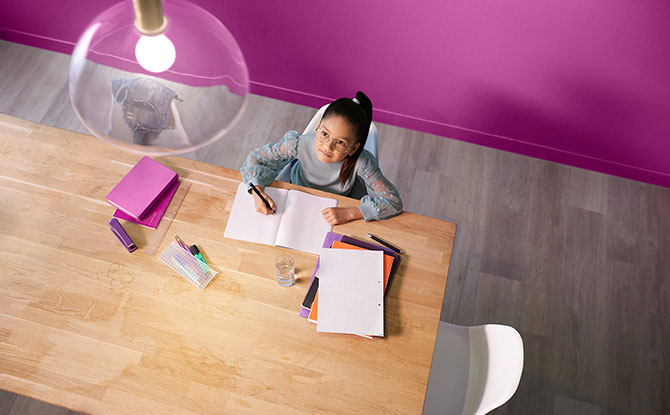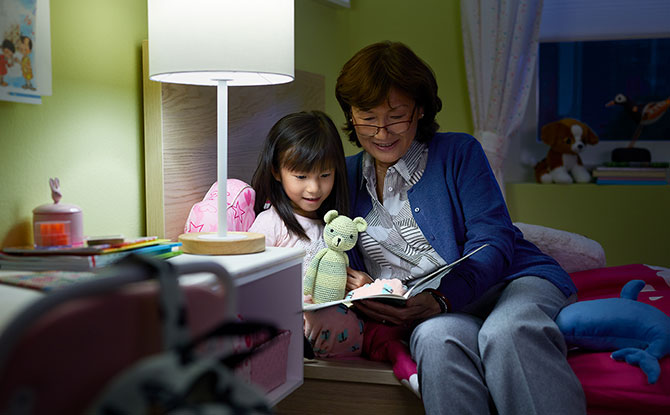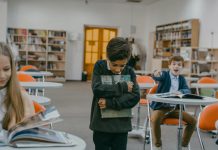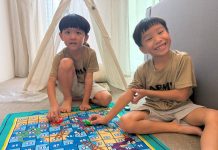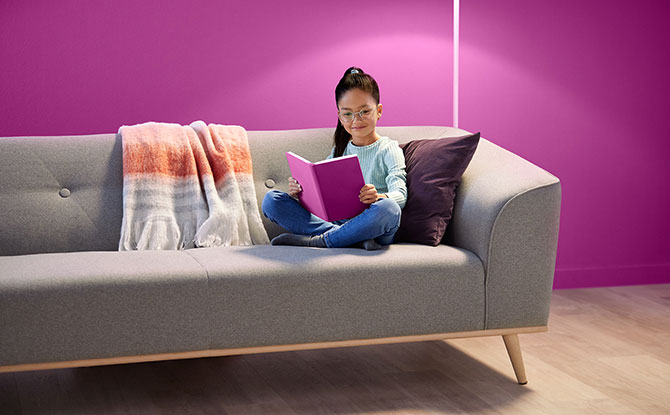
While the COVID-19 pandemic was disrupting our lives over the past two years, did you know that another endemic has also been growing in severity across the world?
Yes, the epidemic of myopia has emerged as a major public health concern in recent years. It is estimated to affect half of the global population by the year 2050.
Myopia, or nearsightedness, is caused by slight changes in the shape of the eye that impact the way that light rays refract. When we focus our eyes on nearby objects, such as computer screens or textbooks, our eyeballs elongate and disrupt the normal mechanism of light bending into eyes.
According to a study published in the British Journal of Opthamology, there was a significant increase in axial length, an indicator of myopia, in the eyes of children during the COVID-19 pandemic.
MID AUTUMN FESTIVAL: Lanterns, Lights and Festive Fun
GIVEAWAY FOR ENEWSLETTER SUBSCRIBERS: LEGO DUPLO Deluxe Brick Box
There have also been growing views that myopia is not just an eye-focusing refractive disorder that could simply be corrected with spectacles – it could also be a disease that could lead to permanent vision loss. High myopia is a risk factor for several eye complications, including cataract, glaucoma, retinal detachment and macular degeneration.
This calls for greater attention to be paid to this growing public health issue. And given that the earlier myopia starts in a person’s life, the higher the likelihood of it reaching severe levels in adulthood, addressing childhood myopia should be a top priority.
Most prevalent eye condition affecting children in Singapore
This is particularly so for Singapore, known as the myopia capital of the world. Sixty-five per cent of Singaporean students (aged 10-11) are estimated to be myopic by primary 6!
Before the pandemic, in 2018, the average screen time of eight to 12 year-olds in Singapore is 35 hours per week or about five hours per day, much higher than the recommended screen time of 1.5 to 2 hours per day.
The circuit breaker in April 2020 pushed screentime to record levels, due to increased reliance on technology to perform daily activities and limited outdoor activities. This has exacerbated the risk factors of eyestrain and could have understandably elevated myopia development at unprecedented rates.
While restrictions have now eased and life is returning back to normal, habits developed during the pandemic could be here to stay. Children have grown much attached to their devices both for learning and for leisure than pre-pandemic times.
Against such a trend, it is time for parents to take greater action to protect your child’s eyes. Here are six ways you can instill habits for good vision and myopia prevention for your child.
1. Increase exposure to sunlight with outdoor activities
It is important to maintain adequate exposure to natural sunlight. An unparalleled light source, sunlight is significantly brighter and stimulates dopamine release from the retina. This decreases the axial length of our eyes – the first predictor of myopia. According to studies, children who spend at least two hours outdoors can reduce their risk of developing myopia.
2. Optimise indoor lighting
Choosing optimal indoor lighting solutions––especially as we spend more time inside our homes––is necessary to reduce straining of our eyes. Factors such as flicker and strobe tire out our eyes by creating inconsistent lighting, and undesired glare from indoor lights creates environments that are too unnaturally bright and therefore causes eyestrain.
The best way to address this is through choosing indoor lighting capable of reducing these factors. For example, Philips EyeComfort bulbs and desk lamps are specially designed to reduce the degree of eyestrain. These lighting solutions counter the harmful impact of flicker and stroboscopic effect, the hazard of blue light, glare, dimming features, noise and color rendering – to keep children from having to strain their eyes.
3. Limit screen time on digital devices
While utilising digital assets is very much part of the learning process required by schools nowadays, try your best to cut down your child’s use of mobile devices for entertainment purposes before it develops into an unhealthy habit. Establish a fine balance between screen time and social time by engaging your child in wholesome, digital-free weekends whenever time permits.
4. Make it fun
Encourage your child to develop their own innovative ideas or activities for good eye care habits. Let them earn brownie points towards getting an ‘Eagle Eye’ badge. Incentivising children is a great way to create awareness for better eyecare, empowering them to take charge of their eye health.
5. Emphasise a balanced diet
The saying “you are what you eat” holds every truth. A healthy diet can significantly reduce the risk of your child developing myopia and other eye problems. Good eye health starts with the food you put on your child’s plate. Fill it up with nutrient-rich foods such as omega-3 fatty acids, lutein, zinc, and vitamins C and E.
You can supplement your child’s meals with these antioxidant foods that are vital for their eye health:
- Green leafy vegetables such as spinach and kale
- Salmon, tuna, and other oily fish
- Eggs, nuts, beans, and other non-meat protein sources
- Orange-coloured fruits and vegetables such as oranges, mangoes, sweet potatoes, carrots
6. Eye workout
Lastly, practising eye yoga – as unconventional as it sounds – could help to limit both eyestrain and dry eye by strengthening our eye. According to a study published by the International Journal of Yoga, six weeks of yogic ocular exercises (eye yoga) saw a statistically significant reduction in eye fatigue. While there is no hard evidence that eye yoga cures or reduces the risk of myopia, moving our eyes up and down or left and right, focus shifting and eye rolling could alleviate eye strain.
As we set our sights towards a bright future post- pandemic, adopting new ways to protect your child’s eyes can make pivotal differences to their quality of life for a long time to come.
A contributed article by Aditya Vikram Bharadwaj, Product Marketeer, Signify Singapore





